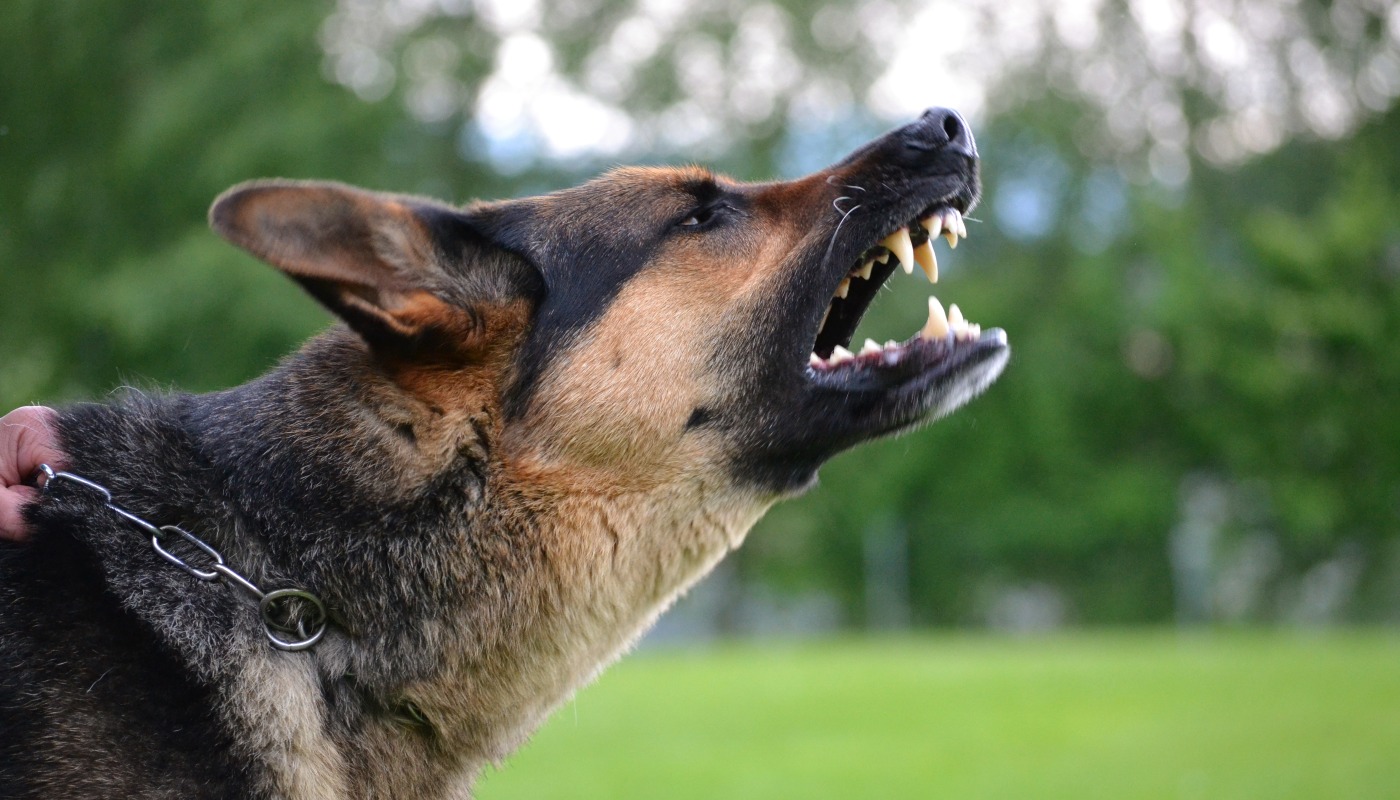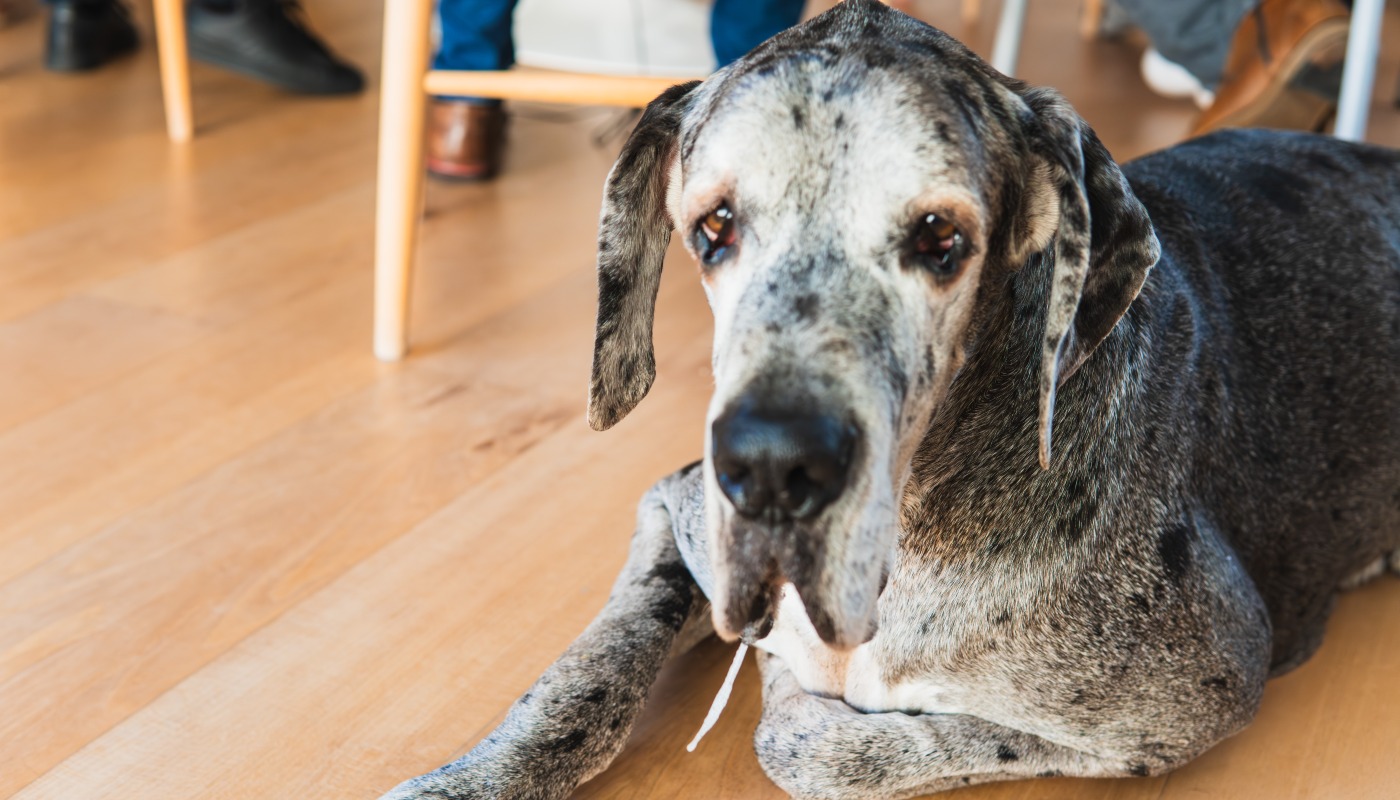Rabies in dogs: What is rabies and how to prevent it?
We will tell you all about rabies in dogs and how to prevent it. Discover tips on how to detect it in time and protect your pet's health - don't miss out!
pets
Share

What is rabies in dogs and what symptoms does it cause?
Canine rabies is one of the best-known viral infectious diseases. Although it’s a pathology that can be transmitted to all mammals including humans, dogs are considered to be the main transmitters worldwide. It’s a deadly disease, therefore, it’s imperative to prevent, contain and eliminate it.
Rabies is caused by a virus that primarily affects the central nervous system, and spreads and accumulates in large quantities in the dog's salivary glands, leading to increased production of saliva, which is infected with the virus. Rabies is usually contracted through the bite of a rabid or infected animal. It can also be transmitted by saliva, e.g. if the animal licks an open wound, or if scratches are made on certain areas, such as mucous membranes.
As for the symptoms of rabies in dogs, some signs can help us identify rabies in a dog. First of all, the incubation period (the time between infection and outbreak of the disease) can be several weeks, depending on where the virus enters the body.

But let's not digress, how is rabies detected in dogs? There are several phases. The first called prodromal, involves changes in the dog's behaviour, with increased difficulty in swallowing and increased salivation, as well as increased sensitivity to light. In the next phase, the furious phase, the dog is very nervous and irritable, and may even become more violent and bite left and right. It may also be disoriented. Difficulty swallowing and increased salivation are common symptoms. In the third and final stage, the paralytic stage, the dog suffers paralysis and spasms that ultimately lead to death.
It’s worth mentioning that not all affected animals go through all stages. In any case, if you suspect that your dog has rabies, you should tell your vet immediately. Given the high risk of infection, you will have to keep the dog in quarantine, but of course, its needs (water, food, etc.) are taken care of.
How to prevent in dogs?
At this point, it’s logical that you would want to know how to prevent rabies. The best protection against this infection is basic immunisation with the rabies vaccine. In addition to taking pets to the vet regularly and keeping all vaccinations up to date, it’s advisable to avoid contact with wild or sick animals (whether dogs, foxes or bats, which can also be contagious) and to notify the authorities of their existence.
How to treat rabies?
How to treat rabies is a complex and painful issue. Unfortunately, there is no cure or treatment for canine rabies. The intensity of the symptoms and their rapid spread lead to the death of the animal, and sometimes the dog must be euthanised by the veterinarian.






